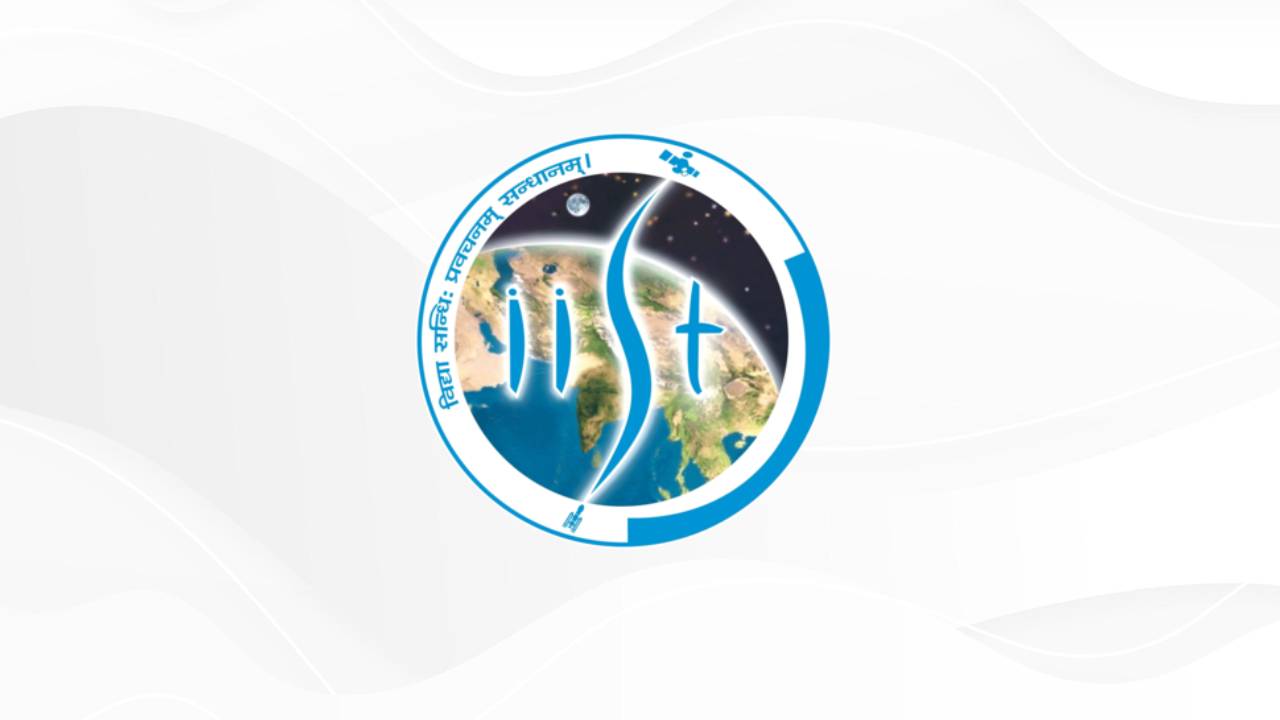Discovery of UV bright stellar population candidates in NGC 5053 using AstroSat-UVIT
Globular clusters are known to serve as fundamental test beds for stellar evolution theories. NGC 5053, a metal-poor and a rather dispersed globular cluster, was studied in the ultraviolet regime with AstroSat's Ultra Violet Imaging Telescope (UVIT). The images of the cluster were analyzed in various filters across the FUV and NUV bands by a team led by IIST researchers. The team discovered eight blue straggler candidates, six evolved blue straggler candidates, and an extreme horizontal branch candidate among the cluster's new probable UV bright population.
Investigating star-formation activity towards the southern HII region RCW 42
Massive stars (M ≳ 8 Msun) play an important role in the evolution of the interstellar medium due to their high energy output, supernovae explosions, and enrichment of the surrounding medium by heavy elements. The formation of these stars can be studied through the HII regions formed due to the increased output of UV photons from them. Moreover, a multiwavelength study of the molecular clouds associated with these HII regions gives important clues about the evolutionary stages of star-formation.



